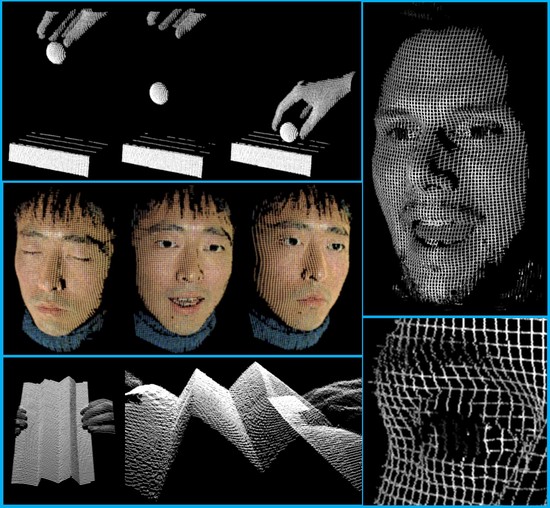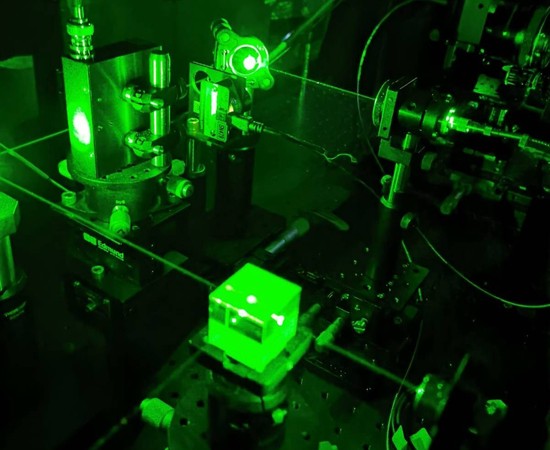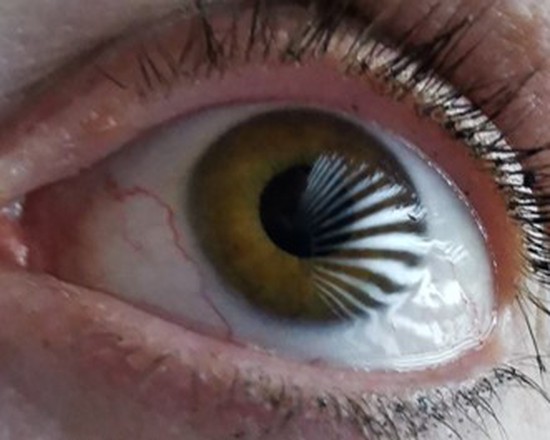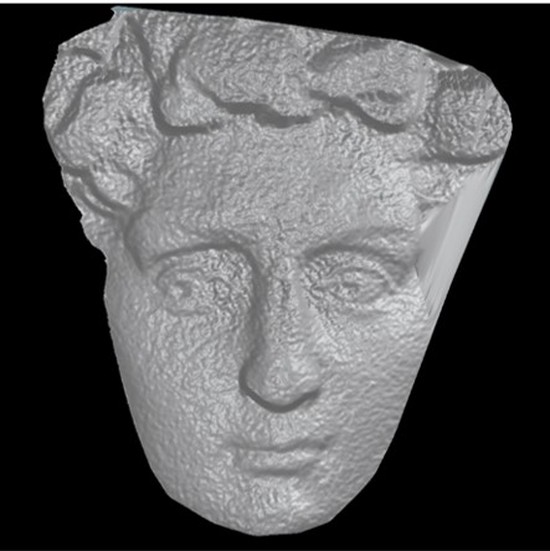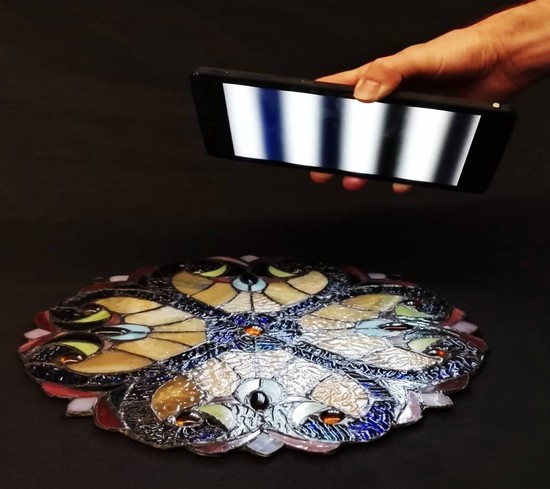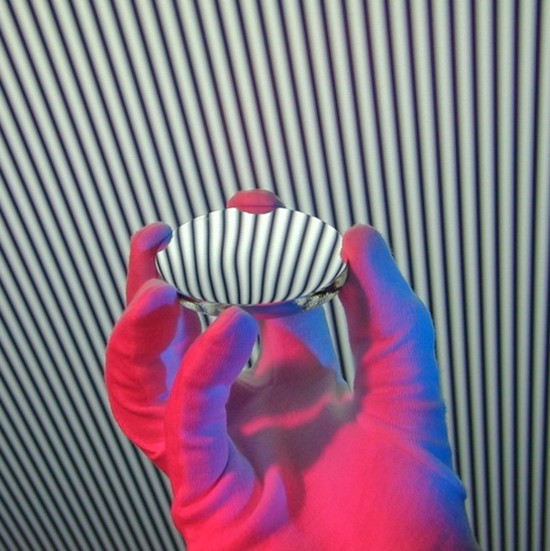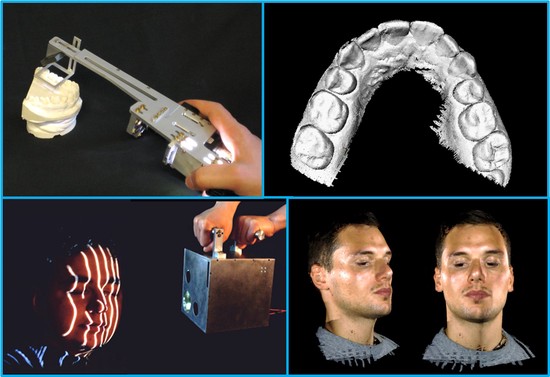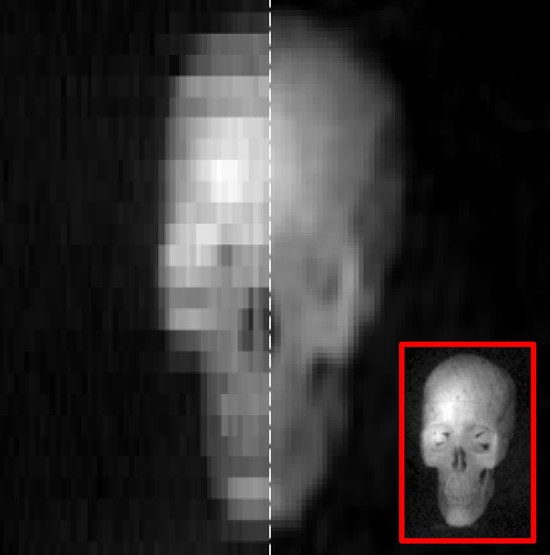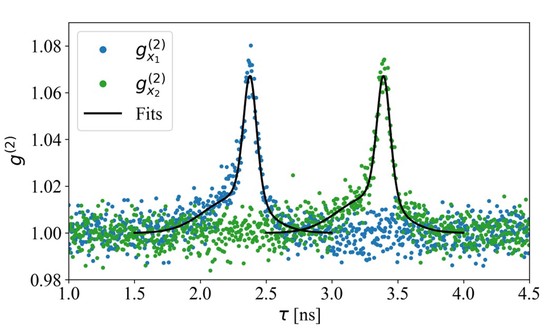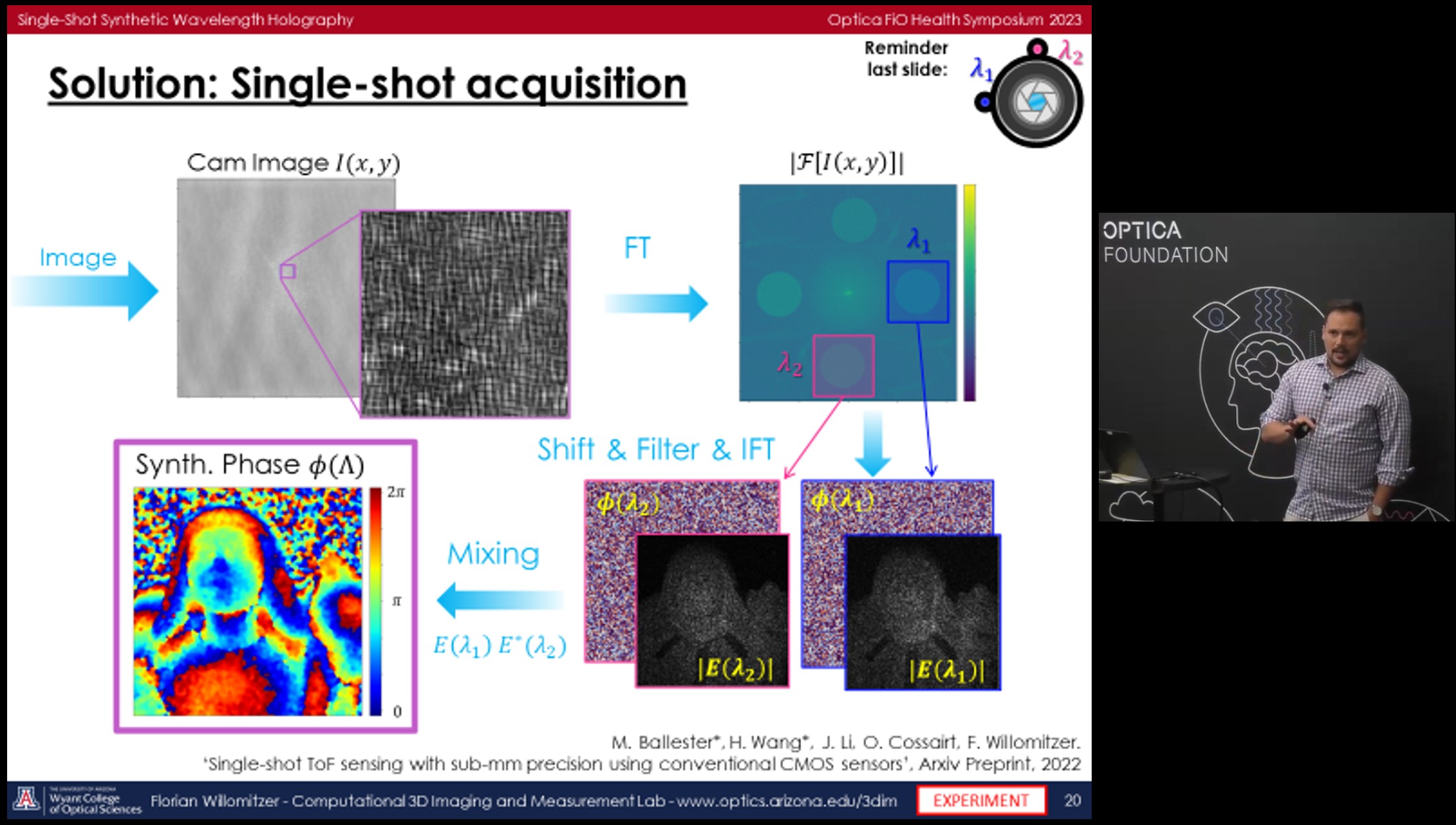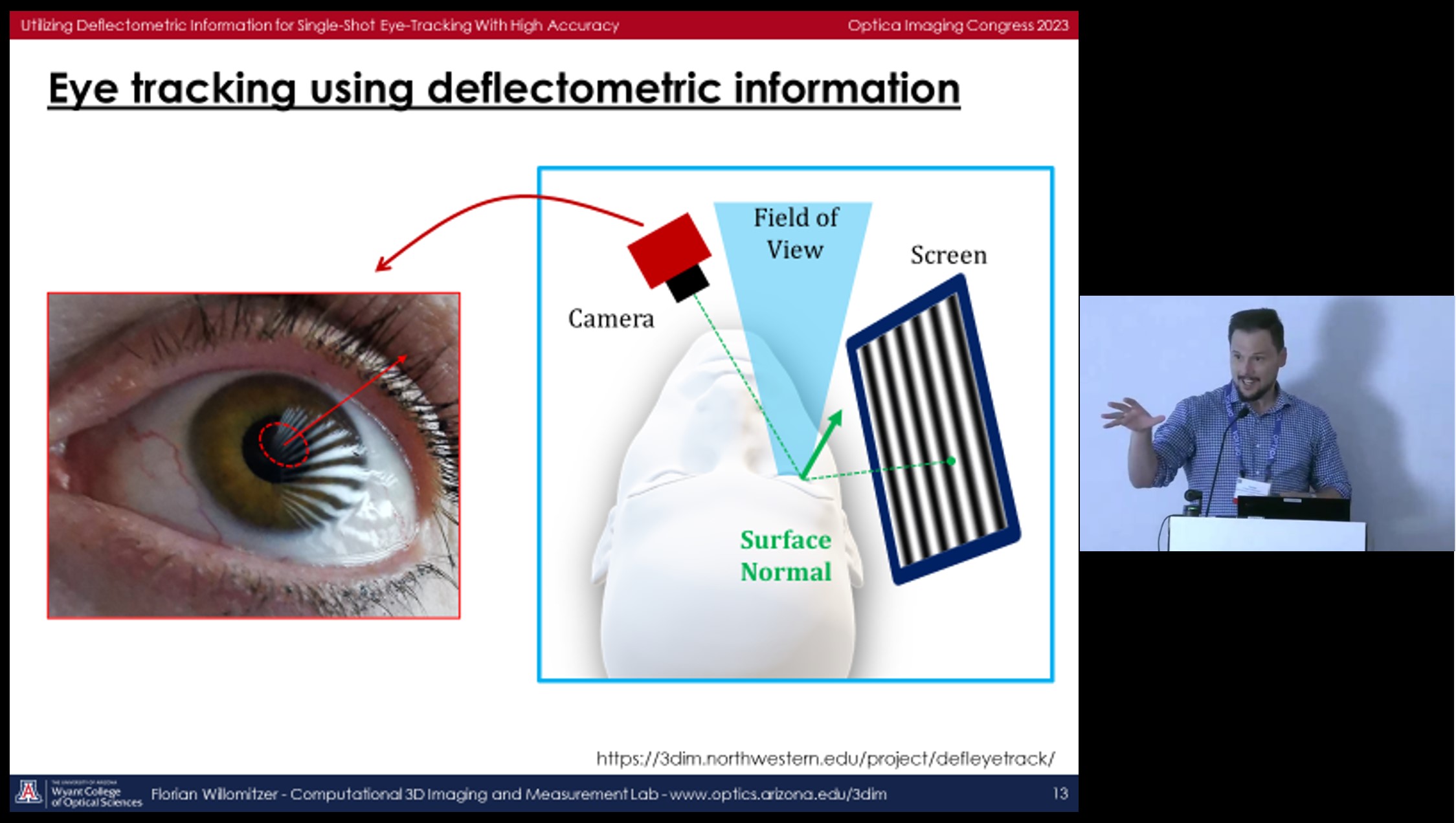Florian Willomitzer
Associate Professor
Wyant College of Optical Sciences - University of Arizona
Prof. Willomitzer has joined the College of Optical Sciences at the University of Arizona as Associate Professor in Aug. '22. The 3DIM Lab will gradually move to Arizona as part of this transition. This website will be transferred from Northwestern University to University of Arizona soon.
Welcome to the Computational 3D Imaging and Measurement (3DIM) Lab!
We are working on a broad variety of problems in quantitative vision and computational imaging. Our research combines teachings from physical optics, image and signal processing, computer vision, and information theory. Our goal is to invent, develop, and build the next generation of 2D/3D computational imaging and display devices that overcome traditional limitations (e.g., in resolution, dynamic range, speed) to “make the unseen visible”. These instruments and the underlying principles will represent key technologies to foster transformational technical changes in the next decades.
Current applications of our developed techniques and systems can be found in medicine, VR/AR/MR, robotics, industrial inspection, remote sensing, automotive sensing, metrology, forensics, or cultural heritage preservation. Our present research includes novel methods to image hidden objects through scattering media or around corners, high-resolution holographic displays, unconventional methods for precise VR eye tracking, and the implementation of high-precision metrology methods in low-cost mobile handheld devices. Moreover, we develop novel time-of-flight and structured light imaging techniques working at depth resolutions in the 100μm-range.
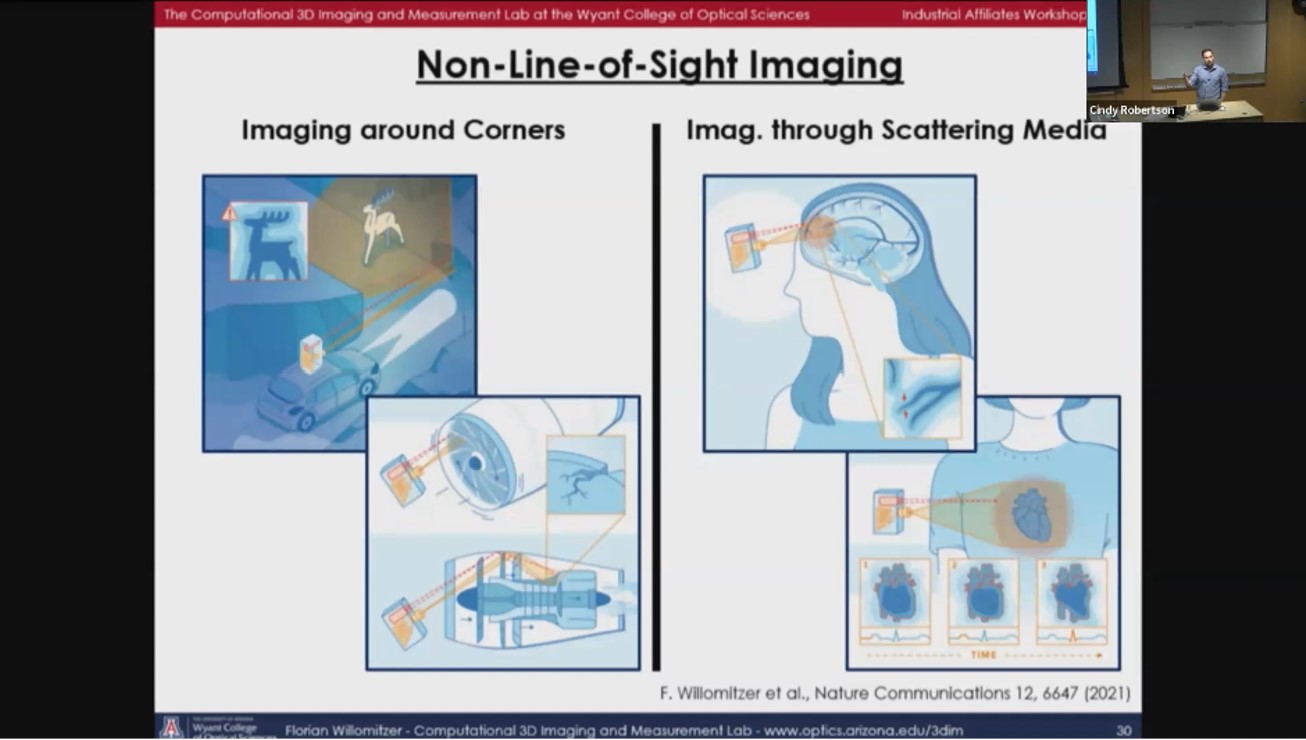
|
“The Computational 3D Imaging and Measurement Lab - From Fast and Precise 3D Sensors to Looking Around Corners” (20min). This recent talk given at Arizona’s Industrial Affiliates meeting (Fall’23) provides an introduction to our lab and some of our past and present research projects. |
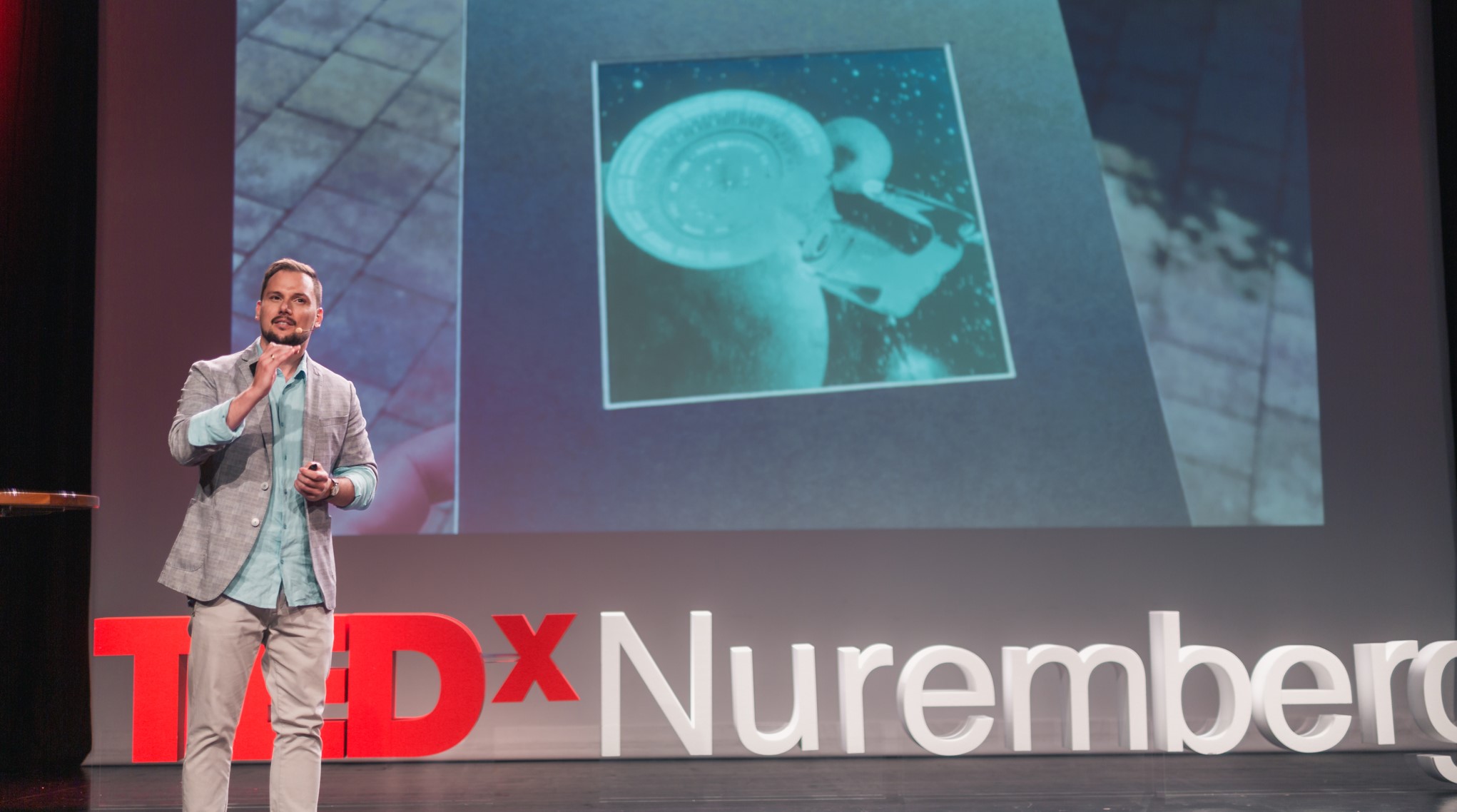
|
TEDx talk by Prof. Willomitzer about “holographic cameras that can see the unseen.” (20min) |
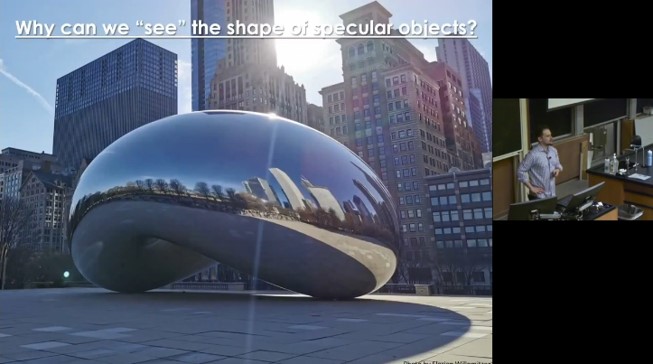
|
The 2022 talk “Utilizing Nature’s Limits for Better Computational 3D Imaging” (1hr) gives an overview of our group’s philosophy and some research projects. |
About the PI
see Prof. Willomitzer’s Short CV >>
